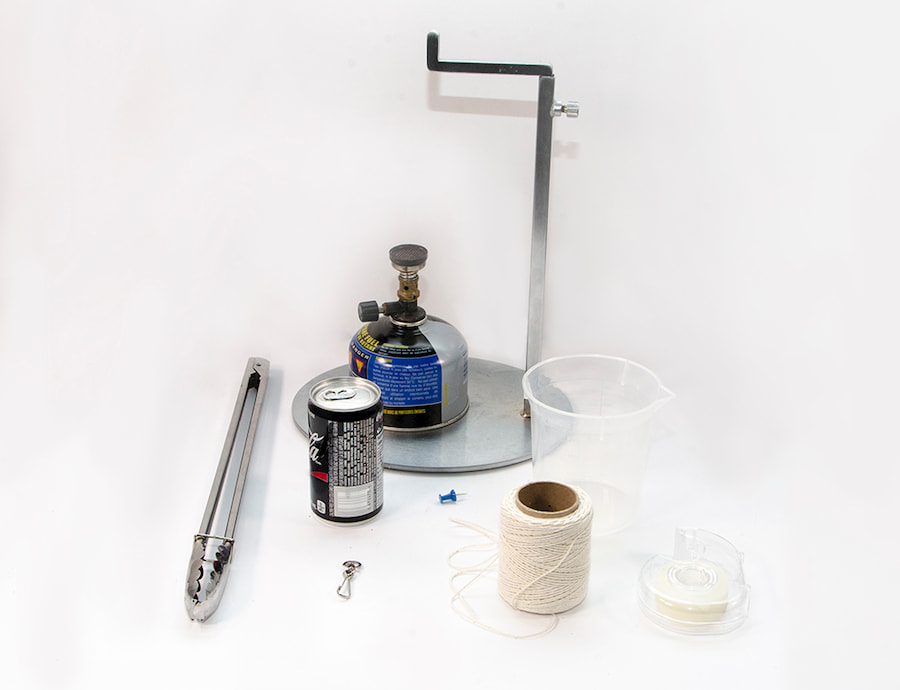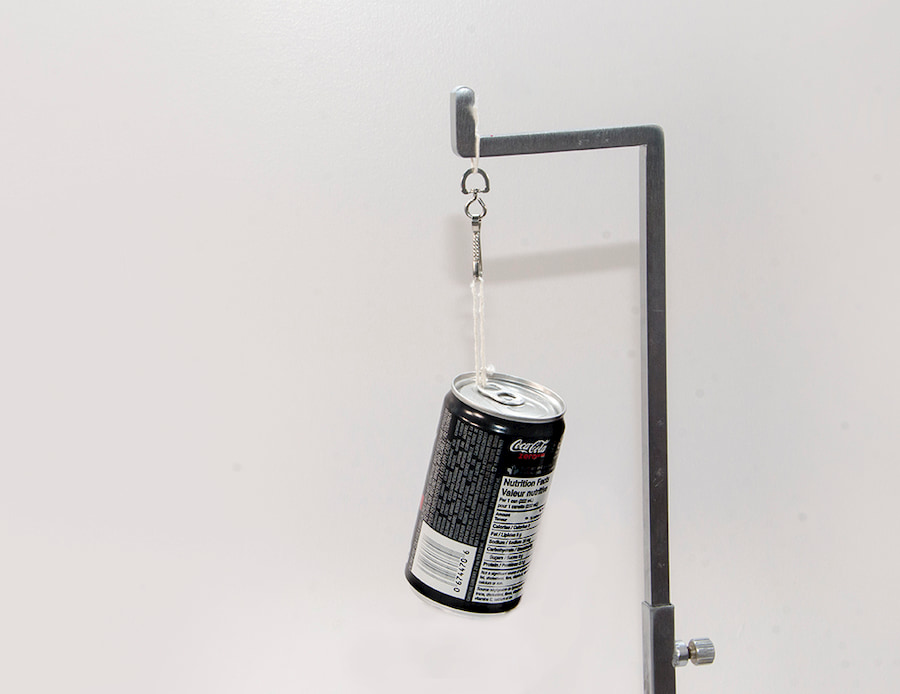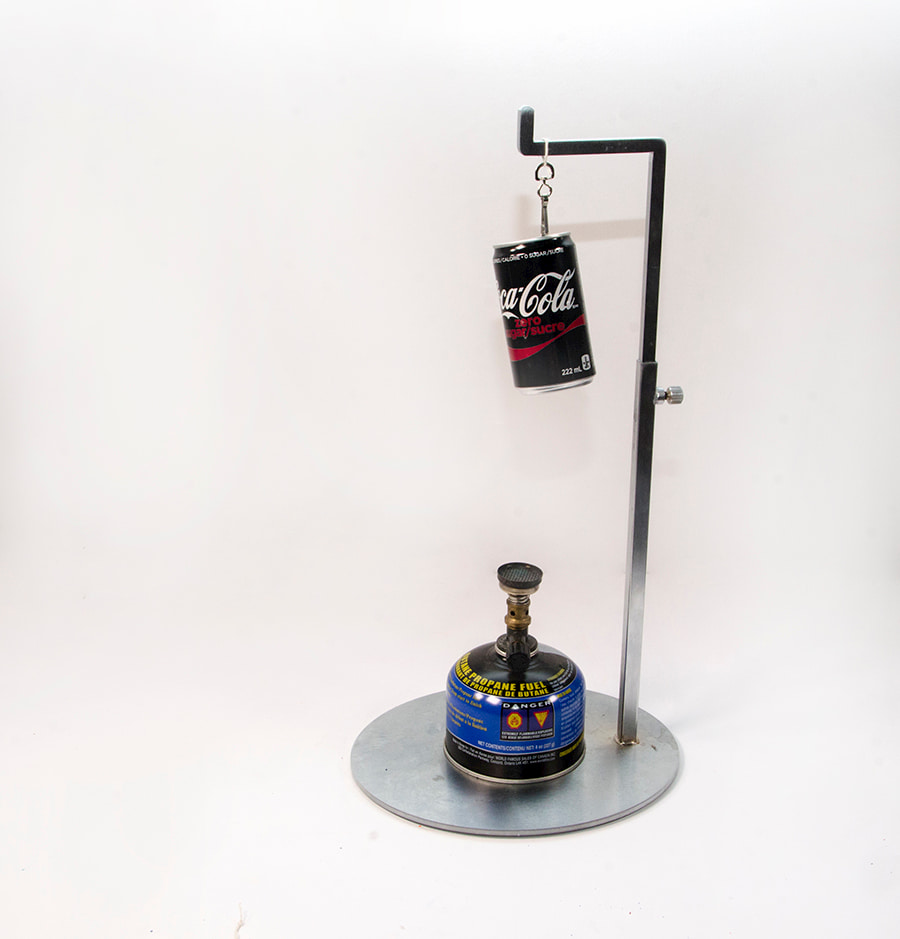Soda can steam engine
Share :
What you need
- Unopened soda can
- Push pin
- Tap water
- Gas burner or Bunsen burner
- Measuring cup
- Tape
- Tongs
- String
- Fishing swivel
- Ring stand (can be purchased online)
Safety first!
When experimenting with fire, always make sure that there is adult supervision and help. You must have extinguishing materials (a fire extinguisher or blanket) nearby in case there is an accident.
Make it
- Poke two small holes, opposite each other, on the sides of the can using the push pin. While the push pin is still inside the hole, push it rightward so that it is tangential to the can. Do the same for the other hole, but push it leftward.
- Allow all of the soda to leave the can. Shake it if necessary.
- Rinse out the soda can. Fill the can with about 10 mL of water.
- Set up our fishing swivel so that it is attached to your ring stand.
- Tie your string to the swivel on one end, and form a loop facing downward. Put the loop around the pop can tab and tape it in place.
Test it
Place the gas or Bunsen burner underneath the can and turn it on. Soon, it will start to spin!
WARNING: Only adults should complete this step. Make sure you have an extinguisher nearby and ensure nobody touches the burner while it is on.
Explain it
When you heat up the water in the can, it begins to evaporate. The water vapour formed, like any gas, tries to take up as much space as it can. This means that some of it will begin to escape through the holes. The force of the air escaping propels the can like a jet, and since you have holes on each side, it is propelled in a circle!
Observe it
Steam engines also use the force of steam to move. That force that you noticed escaping from the can is harnessed in steam locomotives to move a piston. The movement of the piston, back and forth, is what moves the wheels along the track. When the steam exhaust is let out, it goes from being under high to normal pressure, which is why it makes the characteristic “choo” sound.
Go further
Using the same materials as you did for this experiment, try out the Imploding Can experiment to learn more about pressure!
You may also be interested in
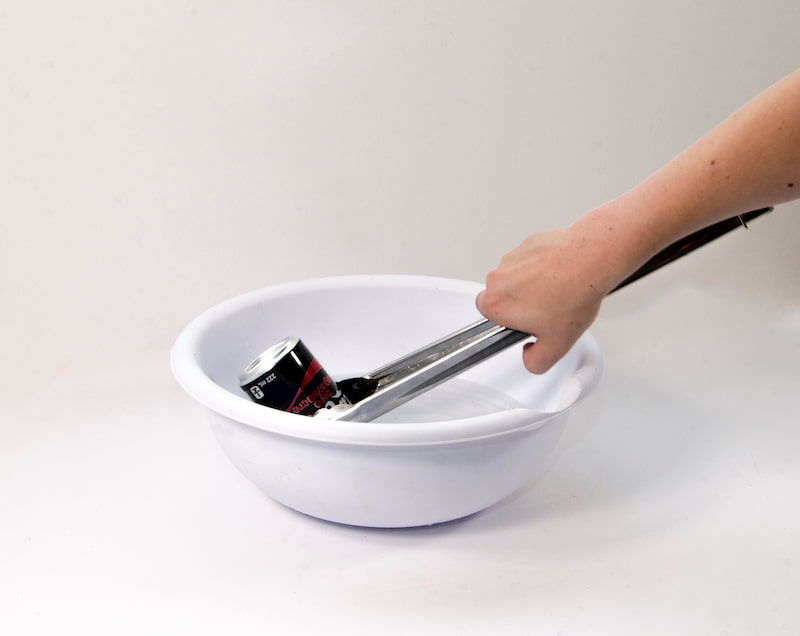
Imploding can
See what happens when you create a soda can that can’t fight back against the pressure — and be sure to bring your earplugs!
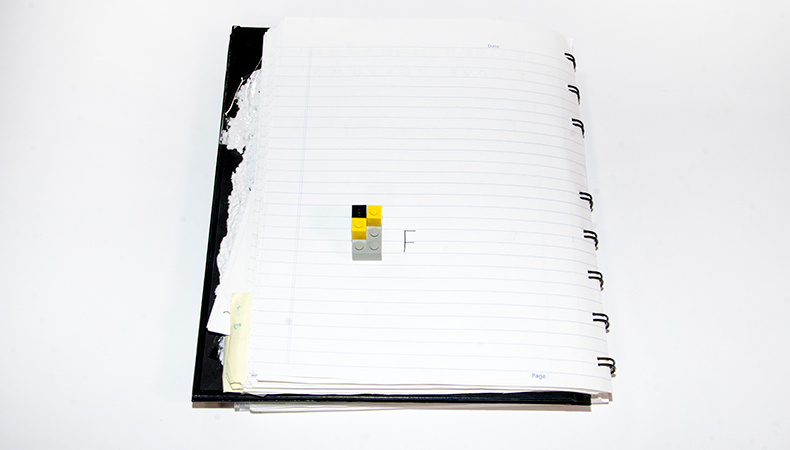
Braille
Did you know that you can read using your sense of touch? Use Lego bricks to send a message to your friend using the Braille alphabet.
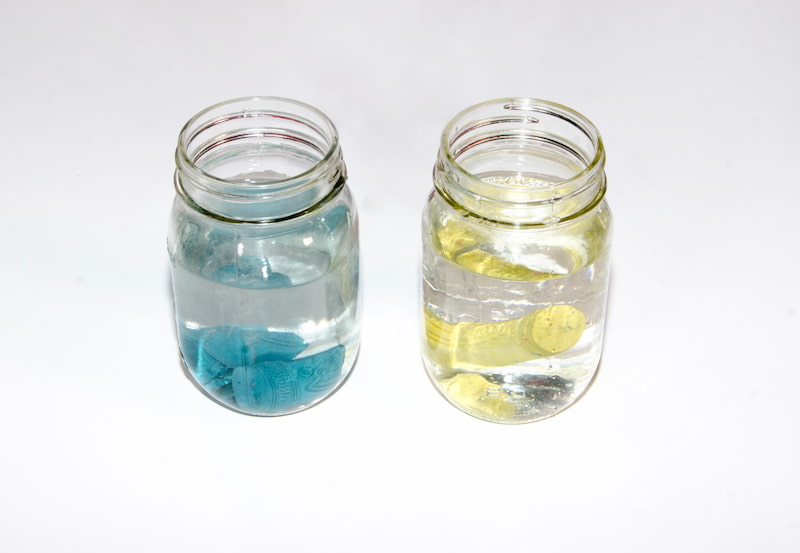
Chemical weathering
If you’ve ever seen a rusty building, or the green copper roof of the Parliament buildings in Ottawa, you’ve seen chemical weathering in action.
